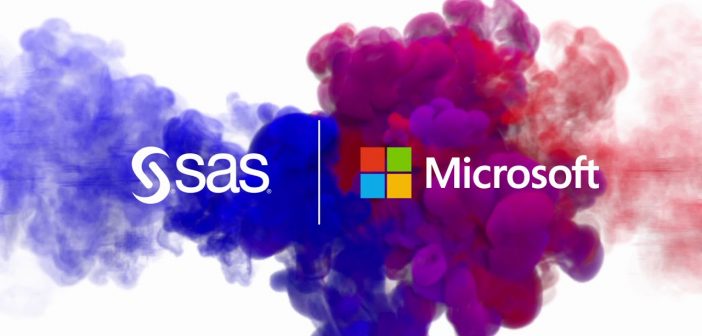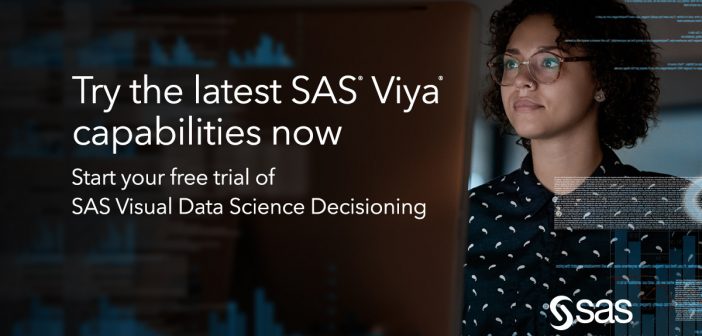The SAS Data Science Blog
Advanced analytics from SAS data scientists
Learn how a computer vision application makes it safer, post-pandemic, for employees to return to factories.

SAS and Microsoft certifications can help with your professional and career development. And now, you can even take certification exams from the comfort of your own home.

Recently, we’ve released a new feature in ASTORE: score with multiple analytic stores. In the process, we may create multiple analytic stores with dependencies among them (the output of some analytic stores is an input to others). This feature streamlines the scoring process of multiple analytic stores. It enables the

With the SAS Visual Data Science Decisioning (VDSD) trial, you get the ultimate analytics experience with free access to all SAS Viya analytic capabilities for 14 days. SAS Visual Data Science Decisioning provides the ultimate experience covering the entire analytics lifecycle – from managing data, developing models, and deploying models to take decisions.

Most computers can execute operations in parallel due to their multicore infrastructure. Performing more than one operation simultaneously has the potential to speed up most tasks and has many practical uses within the field of data science. SAS Viya offers several products that facilitate parallel task execution. Many of these

Decision trees are one of the top machine learning algorithms used by data scientists. Decision trees use supervised learning to classify problems. Even if you are not a data scientist, chances are you can interpret the visual output from a decision tree.





